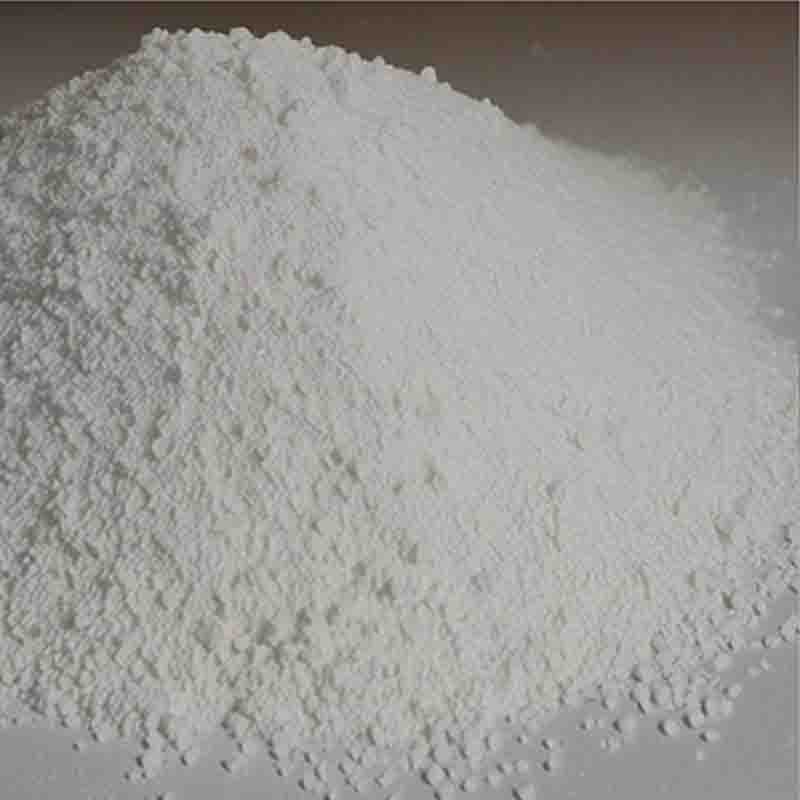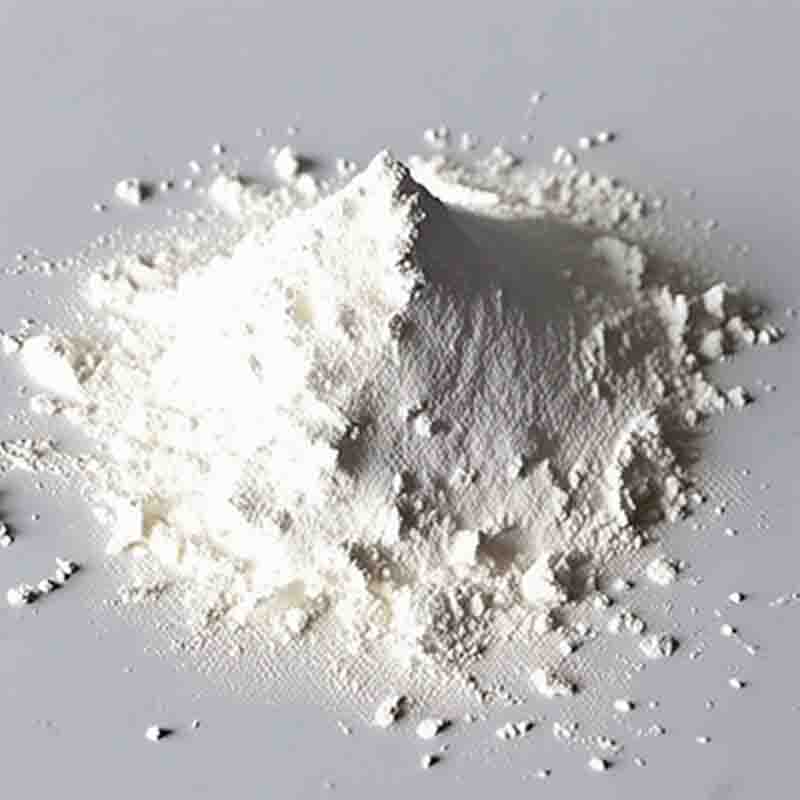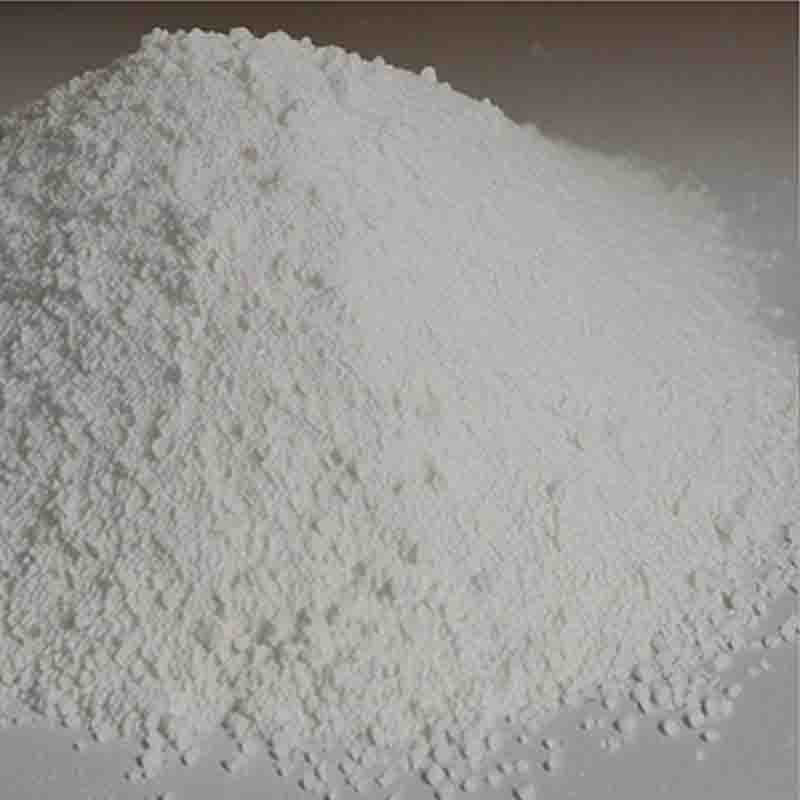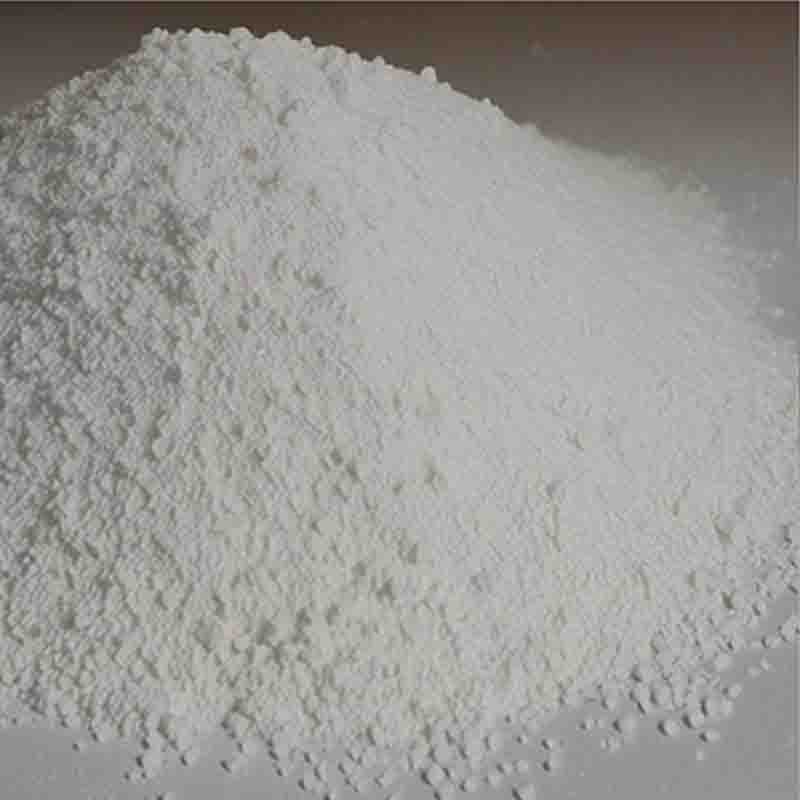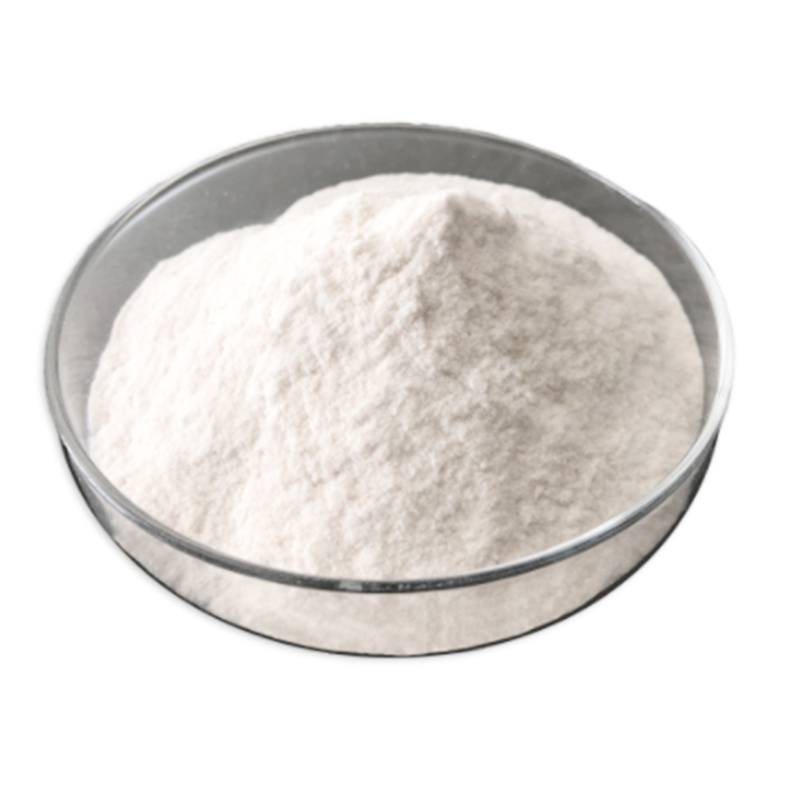Tetrakis(triphenylphosphine)platinum CAS: 14221-02-4
| Catalog Number | XD94470 |
| Product Name | Tetrakis(triphenylphosphine)platinum |
| CAS | 14221-02-4 |
| Molecular Formula | C72H60P4Pt |
| Molecular Weight | 1244.219844 |
| Storage Details | Ambient |
Product Specification
| Appearance | White powder |
| Assay | 99% min |
Tetrakis(triphenylphosphine)platinum, commonly referred to as Pt(PPh3)4, is a coordination complex composed of four triphenylphosphine (PPh3) ligands coordinated to a platinum (Pt) atom. This compound has found extensive applications in various areas of chemistry, including catalysis, material science, and organometallic chemistry.One of the significant uses of Pt(PPh3)4 lies in catalysis. It serves as a versatile catalyst for a broad range of reactions, including hydrogenation, hydroformylation, and carbonylation. In hydrogenation reactions, Pt(PPh3)4 exhibits excellent catalytic activity in the reduction of alkenes, alkynes, and functional groups like carbonyl compounds. Its triphenylphosphine ligands can stabilize and activate hydrogen, facilitating its interaction with the substrate, thereby promoting efficient hydrogenation reactions.In addition to catalysis, Pt(PPh3)4 is widely employed in material science applications. It serves as a precursor for the synthesis of platinum nanoparticles and thin films, which have diverse uses in electronics, optics, and fuel cell technology. These platinum-based materials, derived from Pt(PPh3)4, exhibit remarkable electrical conductivity, catalytic activity, and chemical stability, making them valuable in advanced technological applications.Furthermore, Pt(PPh3)4 is commonly used in organometallic chemistry as a starting material for the synthesis of other platinum-containing complexes. Through ligand exchange reactions, various ligands can be incorporated in place of the triphenylphosphine ligands, leading to the formation of modified platinum complexes with tailored properties and reactivities. These complexes find applications in areas such as luminescent materials, biological imaging agents, and coordination polymer synthesis.In summary, Tetrakis(triphenylphosphine)platinum (Pt(PPh3)4) is a versatile coordination complex with widespread applications in catalysis, material science, and organometallic chemistry. It acts as an efficient catalyst in hydrogenation and other important organic reactions. Additionally, Pt(PPh3)4 serves as a precursor for the synthesis of platinum-based materials, which have various applications in electronics and renewable energy technologies. Its use in the synthesis of other platinum complexes further expands its utility in diverse fields of chemistry.


